Rubber belting is a type of material made from synthetic or natural rubber that is used in various applications. It is commonly used as conveyor belts or power transmission belts in industries such as manufacturing, transportation, agriculture, and construction. Read More…
Our conveyor belts are ISO 9002 and FDA certified. We can use our belts in nearly every industry, from transmission timing belts to conveyor belts for foods.
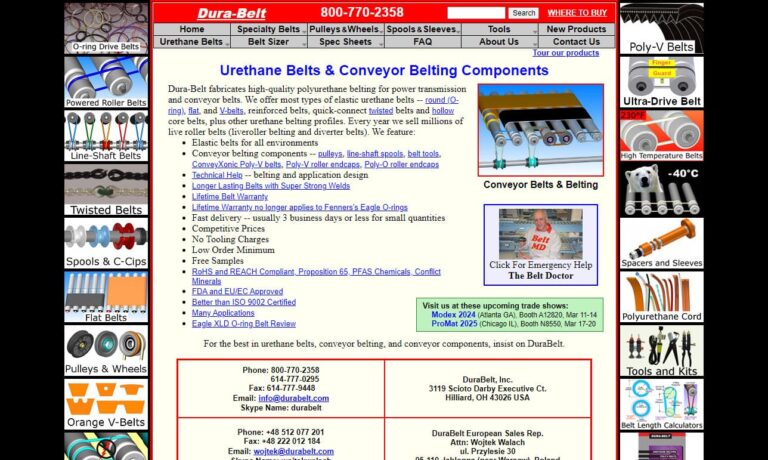
Creating conveyor belts at Fabrication Unlimited such as rubber belting, flat belts, endless belting, PVC, urethane belting, timing belts, cleated belting, specialty unscrambler belts (made-to-order), & corrugators belts, can be done with fast turn around for all fabricated belting offered. Serving food processing, agricultural, pharmaceutical, recycling, beverage and other industries.

Custom conveyor belting is fabricated by Beltservice Corporation and available through our distributors or OEMs. From this conveyor belt manufacturer, you will find agricultural, cleated, elevator, food handling, heat-resistant, heavy-duty and light-duty, incline, package-handling belting and more.

Come to Con-Belt Inc. for quality flat belts. Established in 1991, we have over twenty years of manufacturing experience and can meet your specifications and exceed your expectations. All of our products are made with pride in U.S. and are compatible and interchangeable with most major manufacturers’ conveyor equipment. Contact us today for further information about the products we offer.

More Rubber Belting Manufacturers
Creation of Rubber Belting
Rubber belting is created by vulcanizing synthetic or natural rubber to create a durable and resilient material. The process involves heating the rubber and adding sulfur, which creates cross-links between the rubber molecules, making it stronger and more elastic. The creation process can vary depending on the specific application of the rubber belting. For example, heat-resistant rubber belting requires additional components to withstand high temperatures.
Variations of Material and Form
There are various types of rubber belting, including synthetic and natural rubber, each with different properties and applications. Additionally, rubber belting comes in different sizes, thicknesses, and shapes, depending on the intended use. For example, lightweight rubber belting is suitable for applications that require flexibility and durability, while heavy-duty rubber belting is used for industrial applications that require strength and toughness.
Considerations Regarding Rubber Belting
The creation of rubber belting can have environmental impacts, including pollution from the production process and disposal of worn-out belting. Additionally, some rubber belting can release harmful chemicals or gasses, which can cause health problems if not handled correctly.
Benefits of Rubber Belting
Despite these considerations, rubber belting offers several benefits which make it a reliable choice for industries, including:
Durability
Rubber belting is known for its durability and ability to withstand wear and tear over an extended period. It is resistant to damage from friction, impact, and stretching, which makes it ideal for use in heavy machinery and conveyor systems.
Strength
Rubber belting has excellent tensile strength, meaning it can resist pulling forces without breaking or tearing. This makes it ideal for applications where heavy loads or stresses are involved, such as in the transportation and manufacturing industries.
Flexibility
Rubber belting is flexible, which means it can bend and conform to various shapes and sizes. This property makes it suitable for use in conveyor systems that require flexibility to navigate through different angles and curves.
Resistance to Water
Rubber belting is naturally resistant to water, which means it can be used in wet or damp environments without being damaged. This property makes it ideal for use in the agricultural and food industries, where water is often present.
Resistance to Chemicals
Rubber belting can resist the effects of various chemicals, such as acids, oils, and solvents. This property makes it suitable for use in the chemical and manufacturing industries, where exposure to chemicals is common.
Resistance to High Temperatures
Rubber belting can withstand high temperatures without losing its physical properties. This makes it ideal for use in applications where high heat is present, such as in the automotive and manufacturing industries.
Excellent Grip and Traction
Rubber belting also provides excellent grip and traction, resulting in increased safety and stability. This makes it ideal in applications where slipping or sliding could lead to injury or equipment damage.
Applications of Rubber Belting
As a result of these benefits, rubber belting is used in various industries, including:
Agriculture
Rubber belting is used in agriculture for various applications, including as conveyor belts for transporting crops, grains, and other agricultural products. It can also be used in machinery such as tractors, combines, and harvesters to drive or transfer power to different parts of the equipment.
Construction
In the construction industry, rubber belting is used in conveyor systems to transport materials such as concrete, asphalt, and gravel. It can also be used for power transmission in heavy machinery such as bulldozers, excavators, and cranes.
Manufacturing
Rubber belting is used extensively in the manufacturing industry for conveyor systems, power transmission, and material handling. It can be used to transport raw materials or finished products and to power different machines such as mixers, presses, and packaging equipment.
Transportation
Rubber belting is used in the transportation industry for various applications, including as conveyor belts in airports and train stations for transporting luggage and cargo. It can also be used in vehicle manufacturing, such as for timing belts, fan belts, and drive belts.
Chemical Industry
Rubber belting is commonly used in the chemical industry for applications such as transporting chemicals and raw materials, processing, and packaging. It is used in various equipment in the chemical industry such as conveyors, mixers, and blenders.
Automotive
In the automotive industry, rubber belting is used for various applications, including as timing belts to synchronize the engine's valves and pistons. It is also used as serpentine belts to transfer power from the engine to various accessories such as the alternator, power steering pump, and air conditioning compressor.
Food Industry
In the food industry, rubber belting is used in conveyor systems to transport food products through different stages of the production process. It is also used in packaging equipment such as sealing machines and labeling machines.
Other Applications
Rubber belting has several other applications, including as power transmission belts in industrial machinery, as drive belts in electric motors, and as v-belts in power tools. It can also be used as timing belts in printing presses and as flat belts in textile machinery.
Choosing the Correct Rubber Belting Manufacturer
To ensure you have the most positive outcome when purchasing rubber belting from a rubber belting manufacturer, it is important to compare several companies using our directory of rubber belting manufacturers. Each rubber belting manufacturer has a business profile page highlighting their areas of experience and capabilities, along with a contact form to directly communicate with the manufacturer for more information or to request a quote. Review each rubber belting business website using our patented website previewer to quickly learn what each company specializes in. Then, use our simple RFQ form to contact multiple rubber belting companies with the same form.

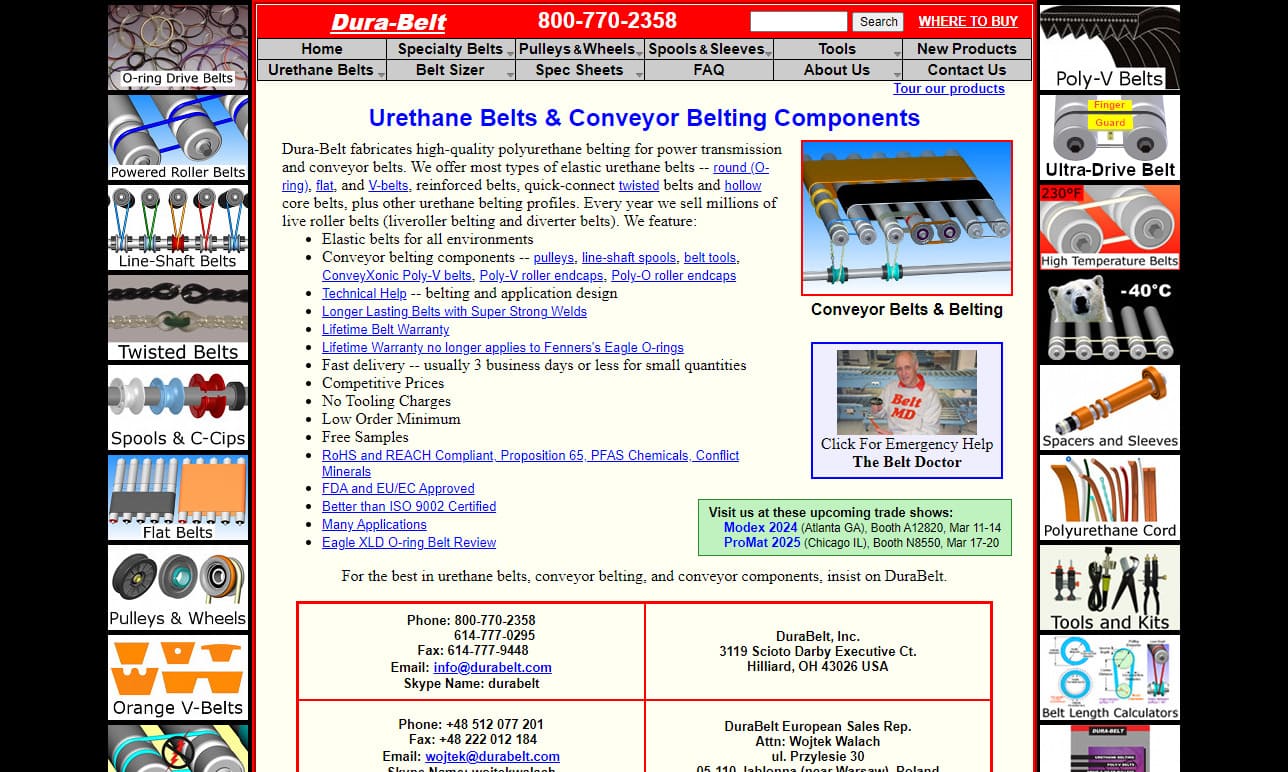




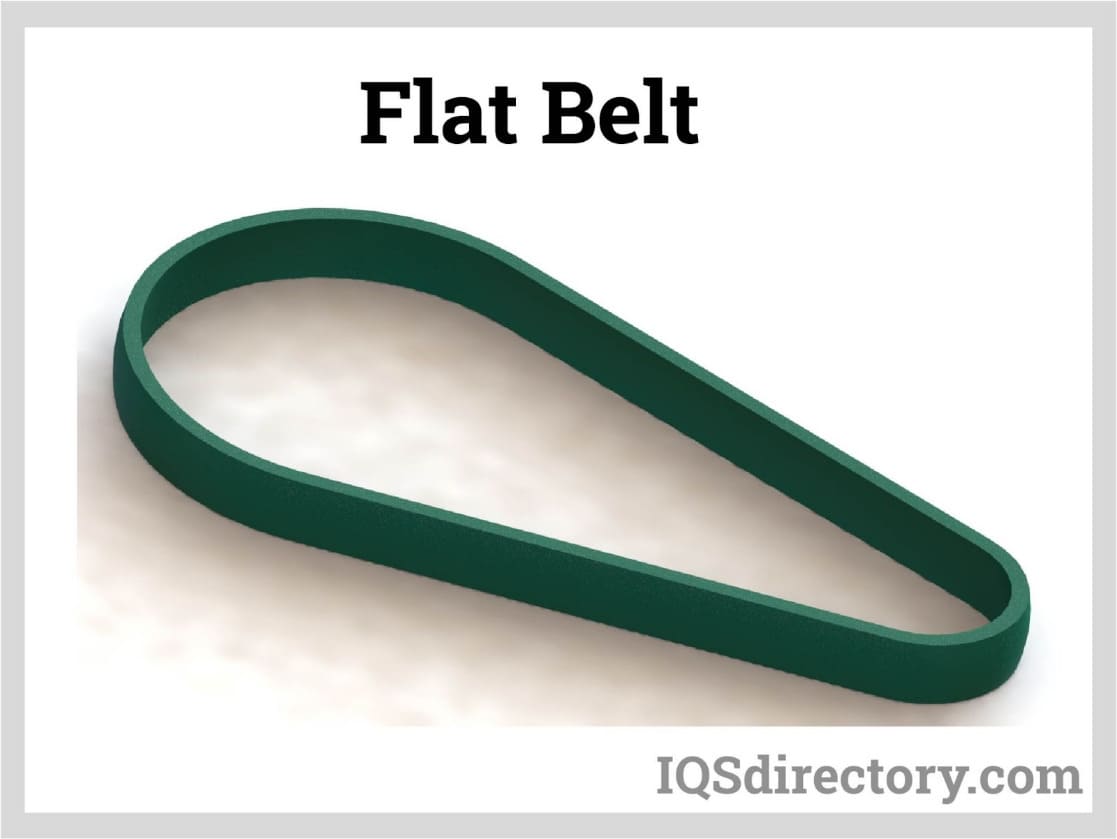
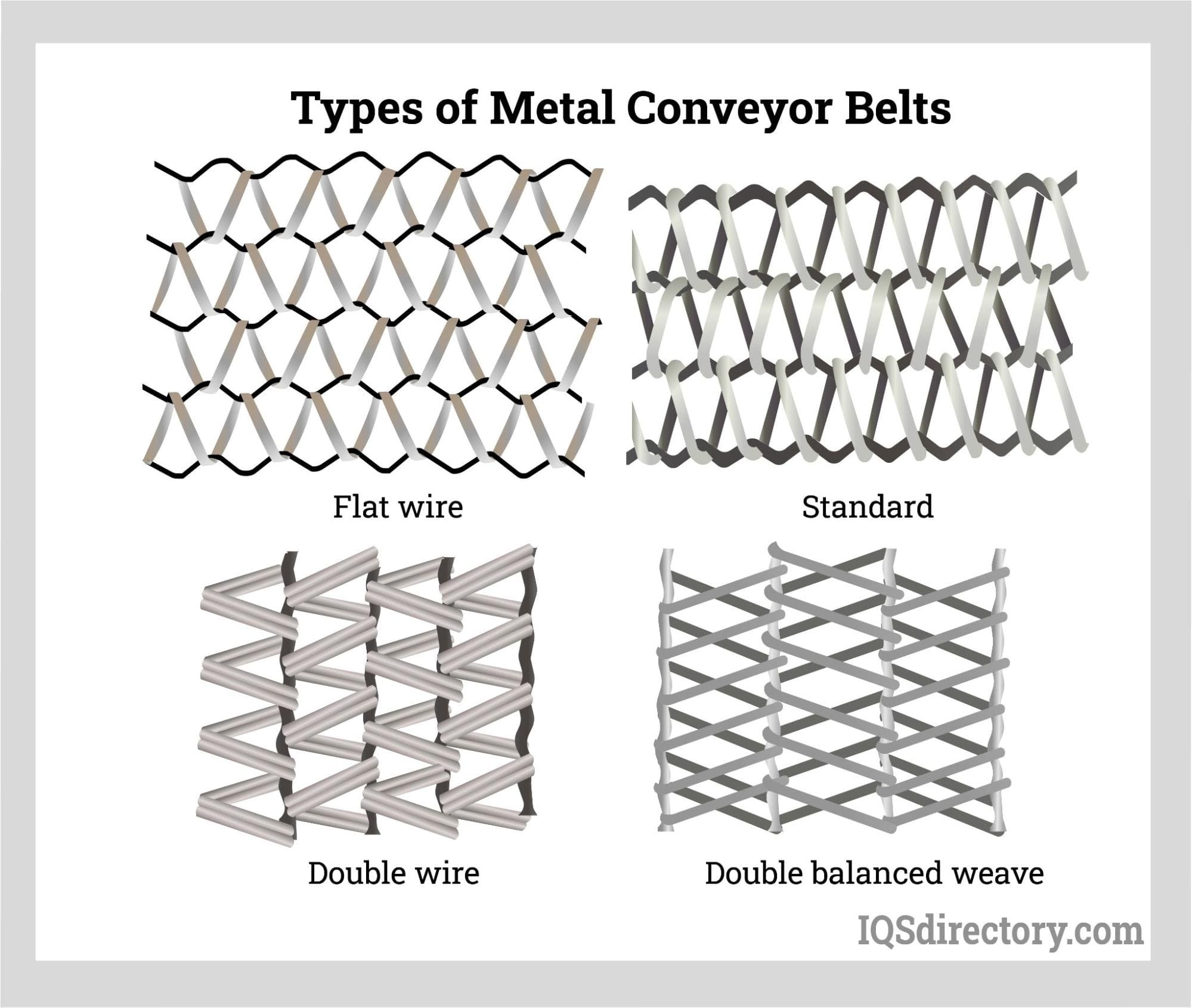
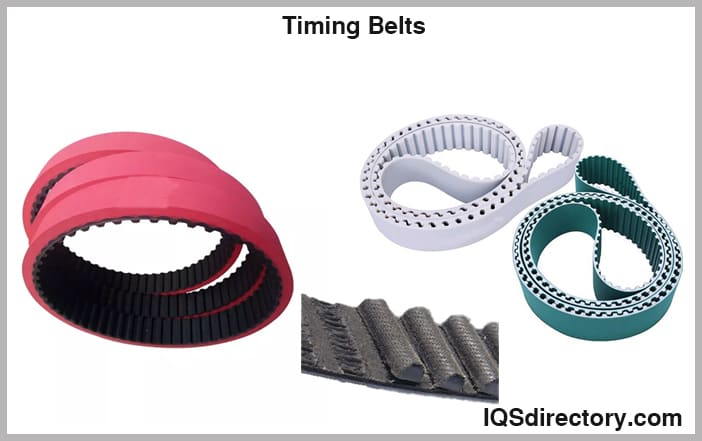
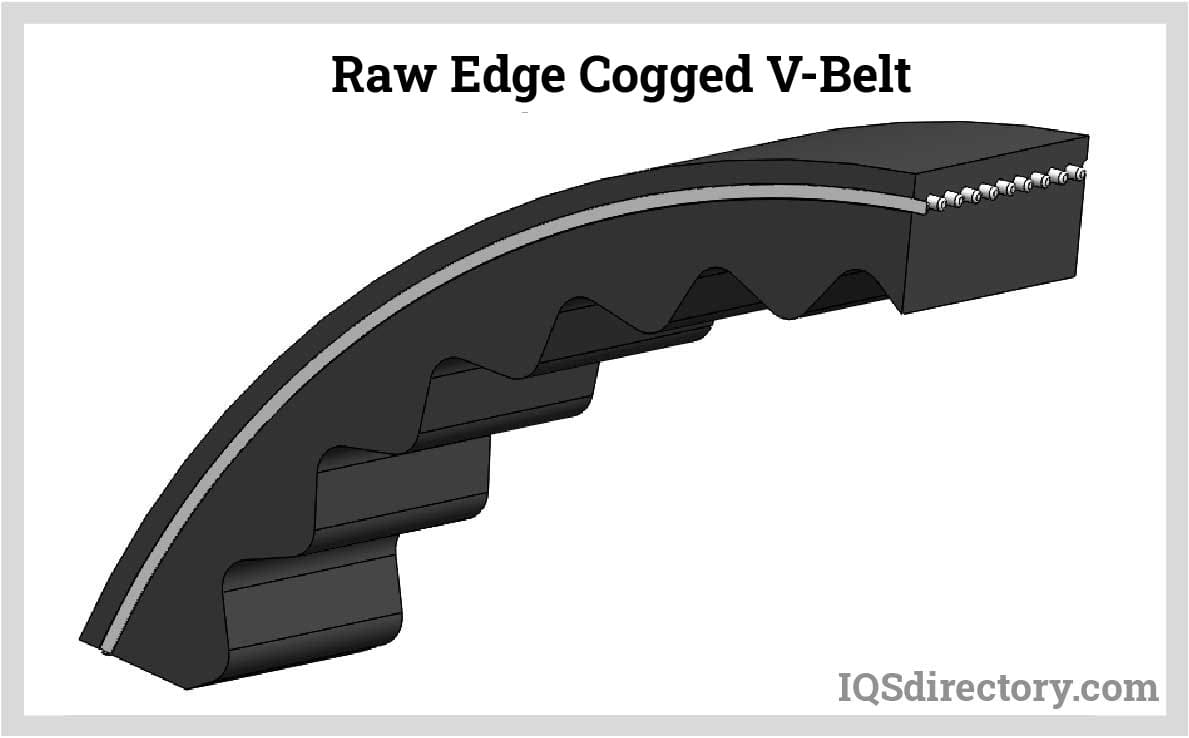
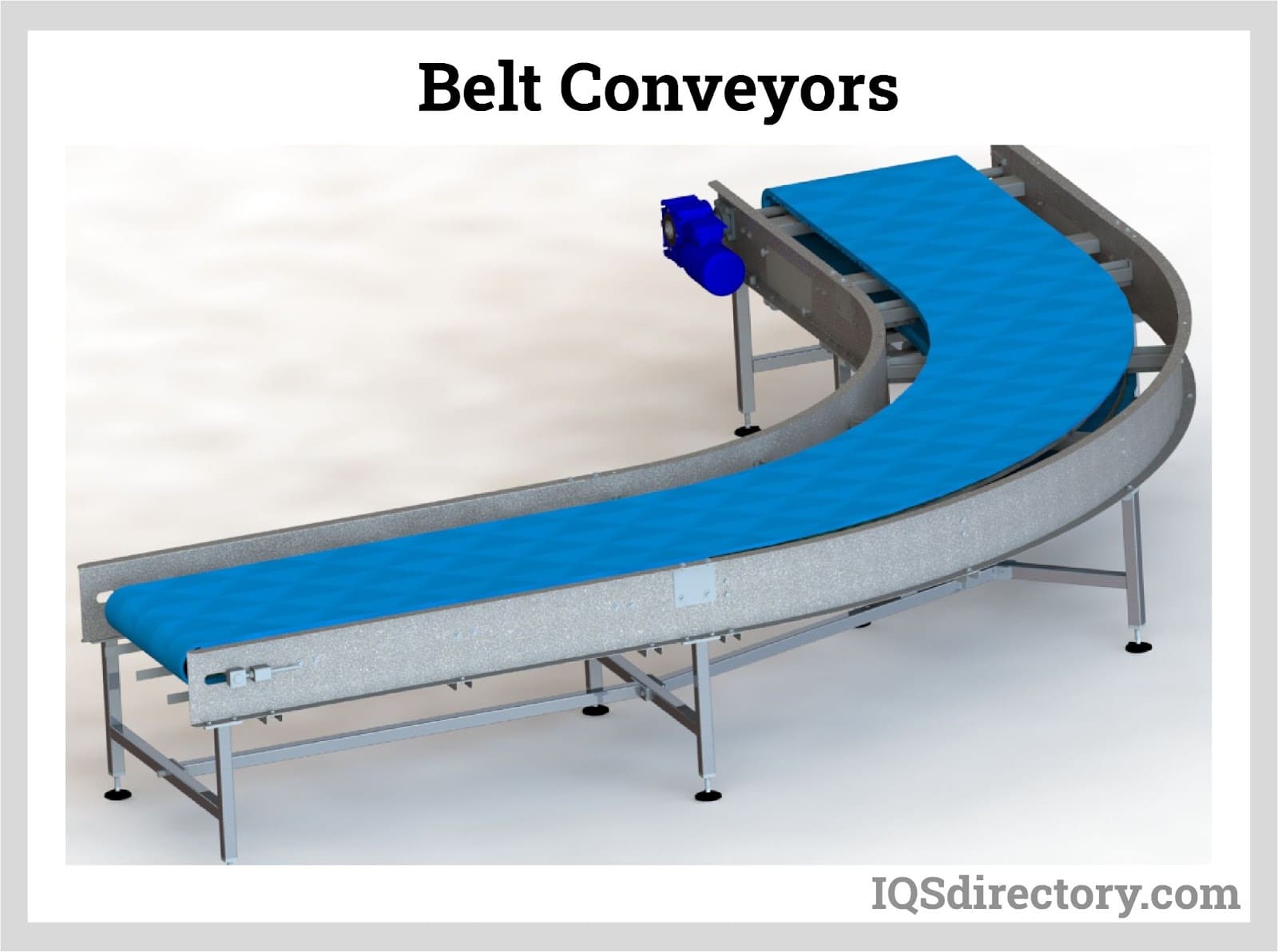

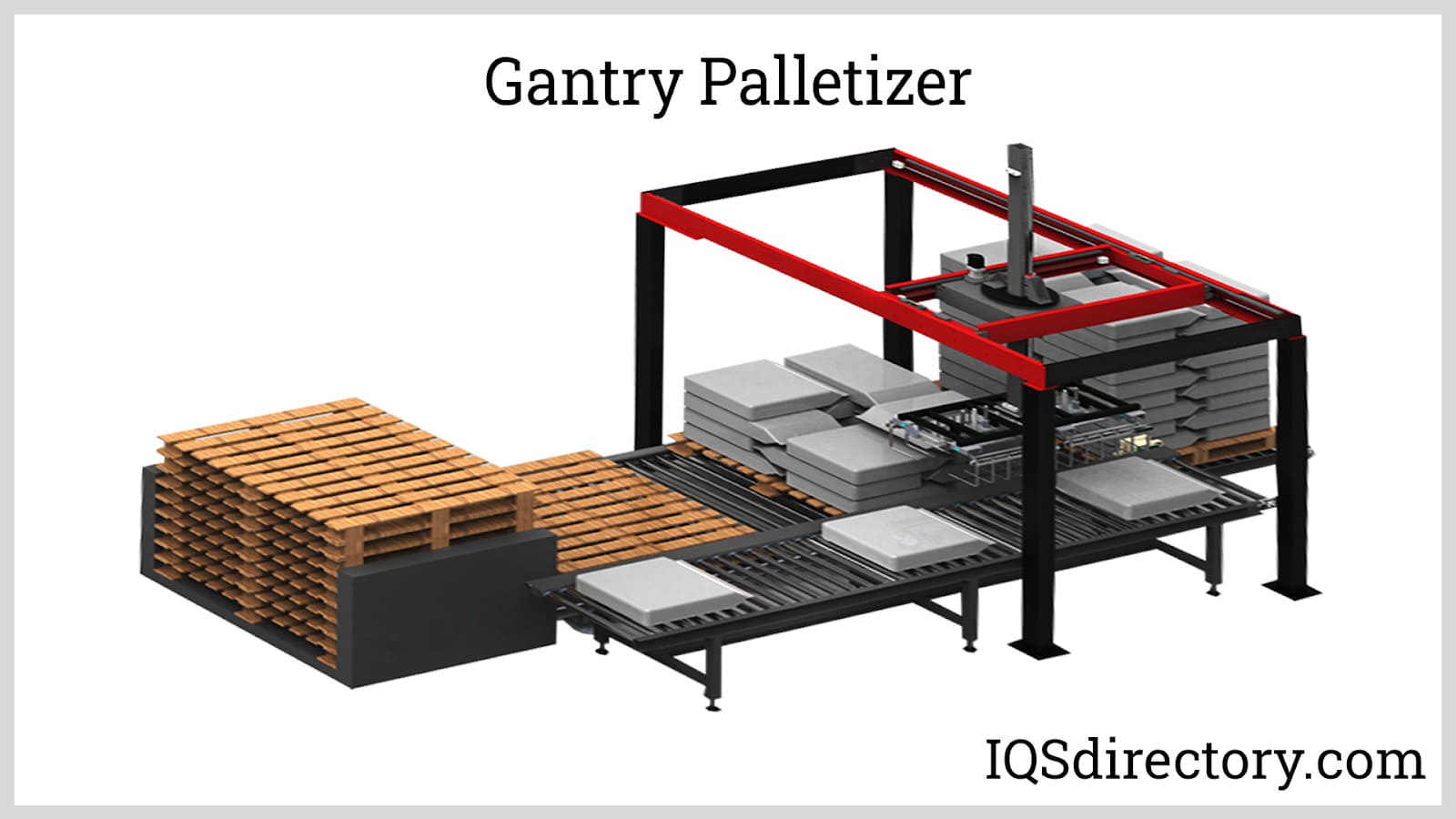
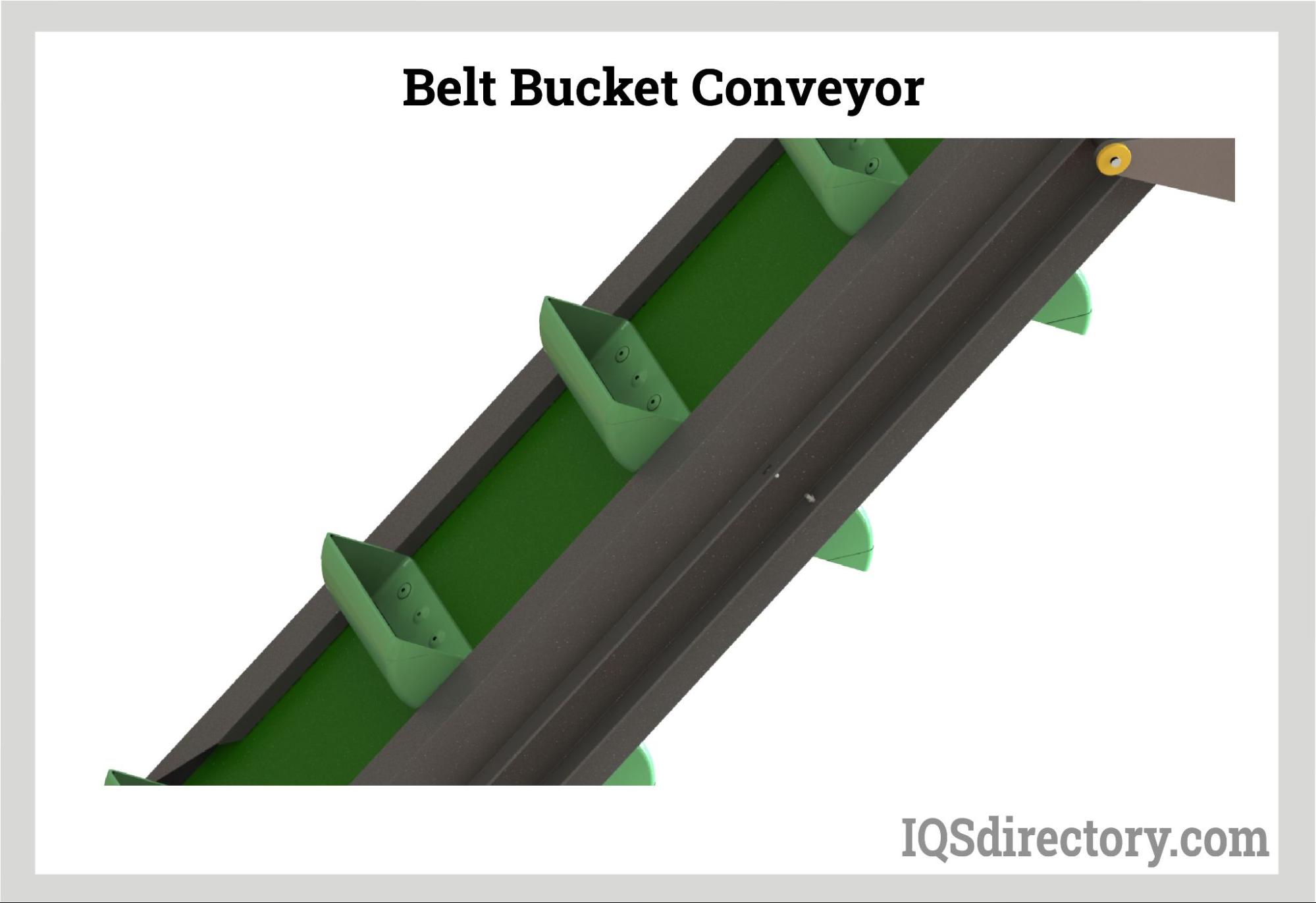
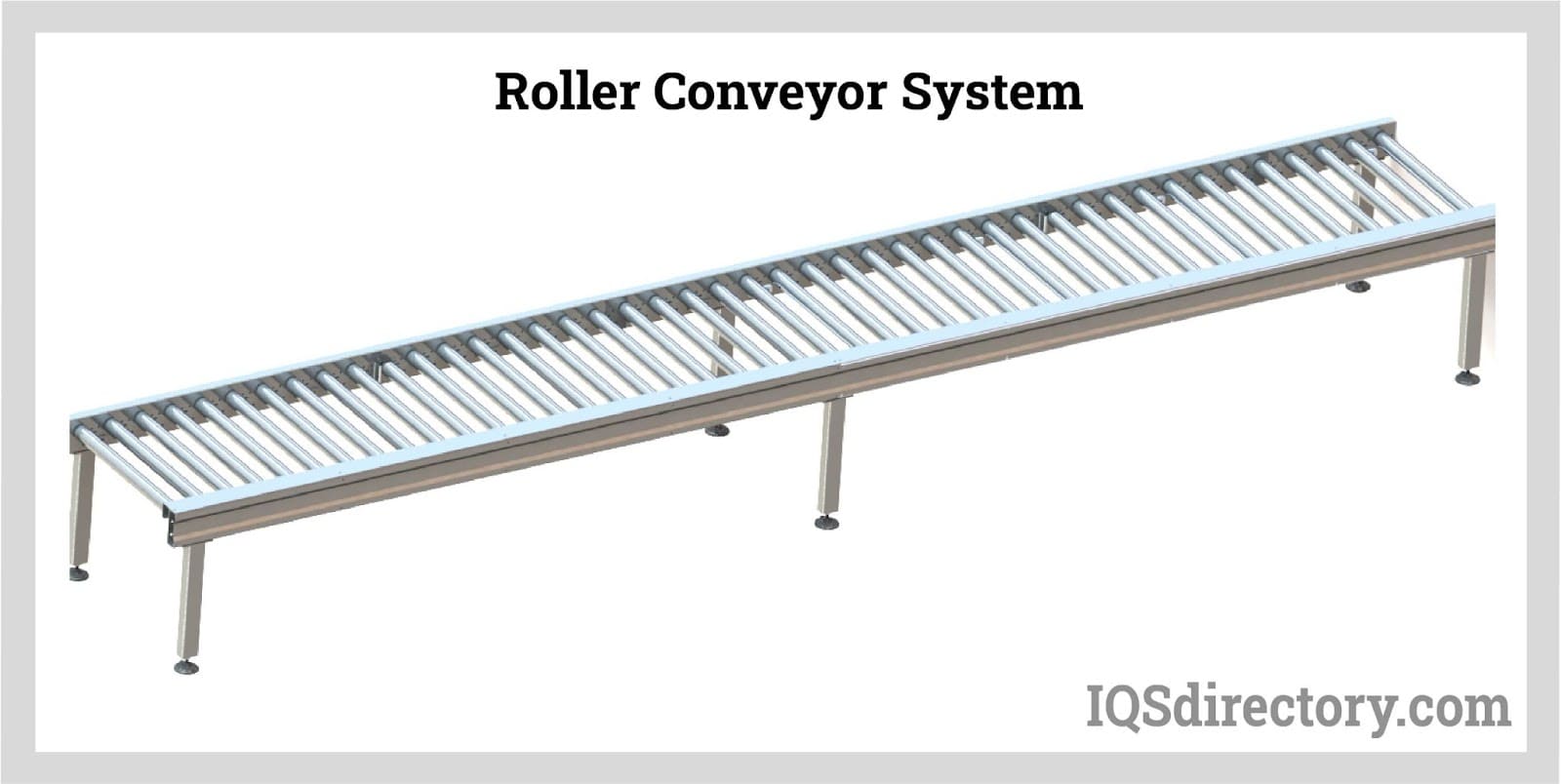

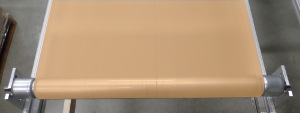 Conveyor Belting
Conveyor Belting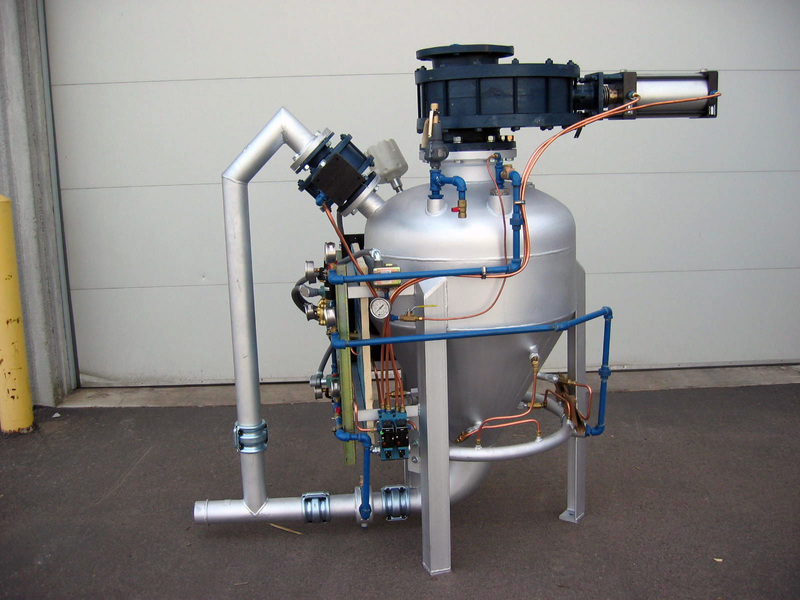 Conveyor Systems
Conveyor Systems Conveyors
Conveyors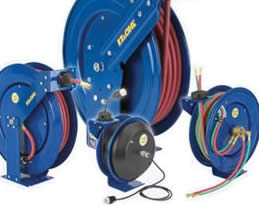 Hosereels
Hosereels Industrial Lubricants
Industrial Lubricants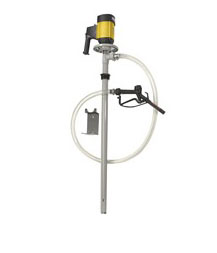 Lubricators
Lubricators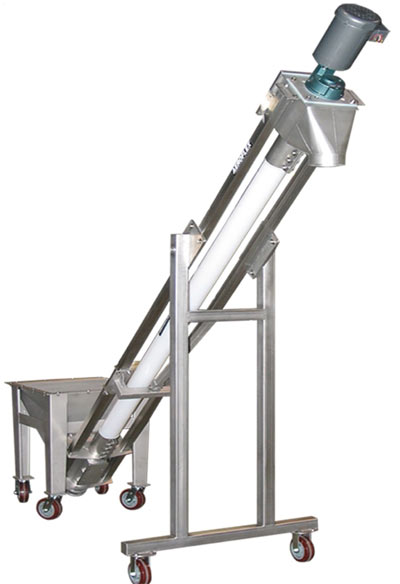 Screw Conveyors
Screw Conveyors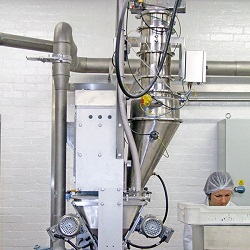 Pneumatic Conveyors
Pneumatic Conveyors AGV
AGV Air Pollution Control
Air Pollution Control Assembly Machinery
Assembly Machinery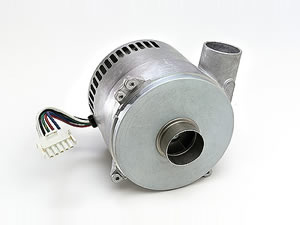 Blowers
Blowers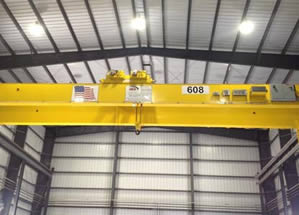 Cranes
Cranes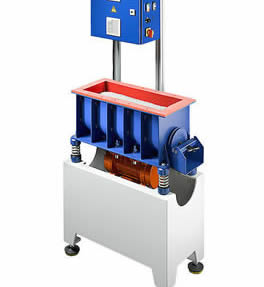 Deburring Machinery
Deburring Machinery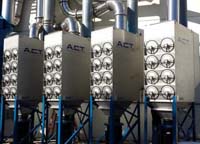 Dust Collectors
Dust Collectors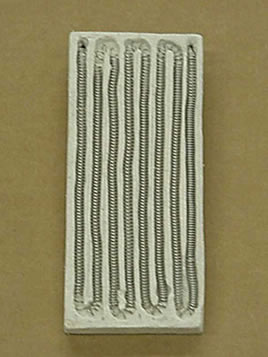 Heaters
Heaters Hose Reels
Hose Reels Mezzanines
Mezzanines Modular Buildings
Modular Buildings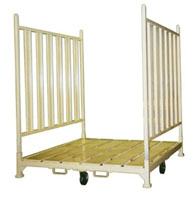 Storage Racks
Storage Racks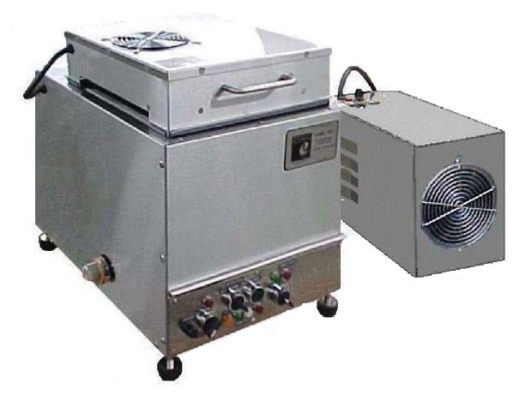 Ultrasonic Cleaners
Ultrasonic Cleaners Work Benches
Work Benches